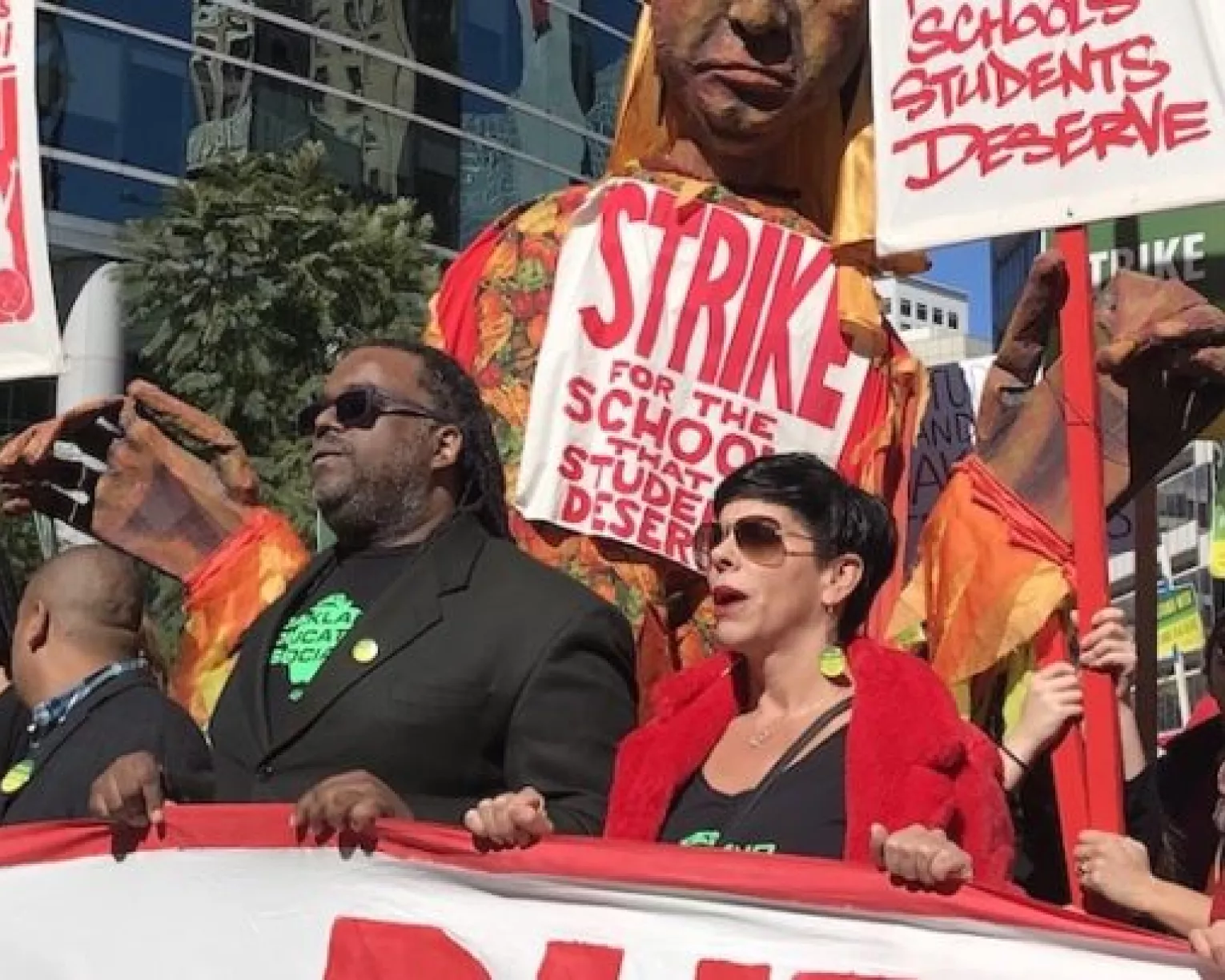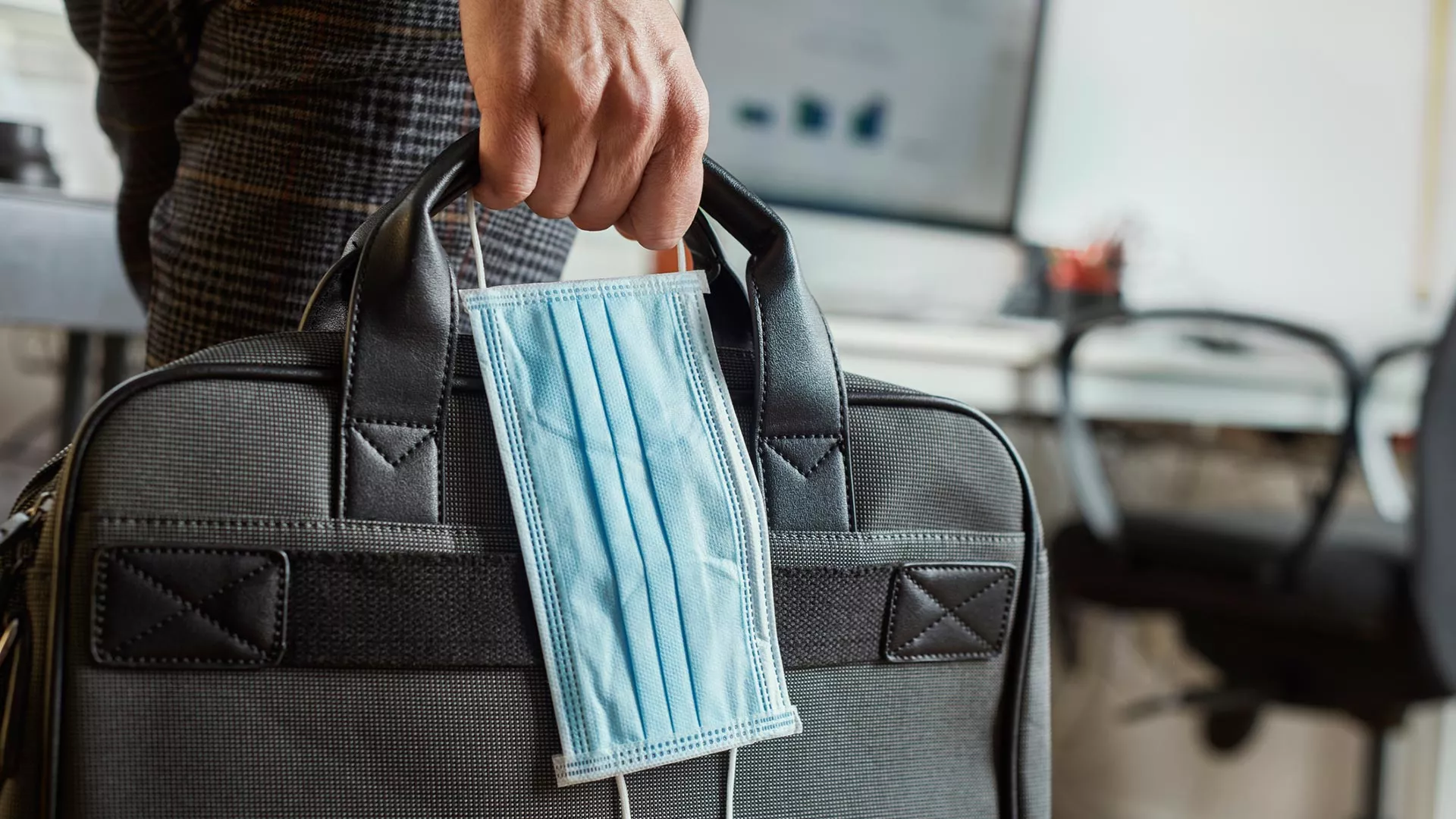Q: WHAT ARE MY LEGAL REMEDIES IF I CONTRACT COVID-19 AT WORK?
Your legal remedies would likely be limited to those available under the workers’ compensation laws, which provide the “exclusive remedy” for workplace injury or illness in almost every state. What that means is that you usually cannot bring traditional tort claims (like negligence) against your employer to recover for workplace injuries or illnesses. Instead, your remedy is limited to the benefits available under workers’ compensation, which typically includes medical expenses, partial lost wages, and death benefits.
There are significant barriers in many states to collecting workers’ compensation benefits due to COVID-19. In many states it is still unclear whether COVID-19 is considered an occupational or workplace illness that is covered by workers’ compensation, or an ordinary illness like the flu or a cold for which no benefits are available. It also may be difficult to prove that you contracted COVID-19 on the job, rather than through off-duty contact with coronavirus.
Q: IF I BELIEVE I CONTRACTED COVID-19 AT WORK, WHAT KIND OF INFORMATION SHOULD I GATHER FOR A WORKERS' COMPENSATION CLAIM?
Because an employer might contest whether your illness was caused by exposure to coronavirus at work, you will want to document the timing of your COVID-19 diagnosis and the likely sources of workplace transmission. For example, it would be helpful to show that several infections developed among others with whom you work closely together or that job duties involve frequent, close exposure to the members of the public in a place with a high level of ongoing community transmission. You should also contact your local association, which may be able to assist you in gathering information.
Q: DO MY FAMILY MEMBERS HAVE LEGAL REMEDIES IF I CONTRACT COVID-19 AT WORK AND THEN PASS THE ILLNESS TO THEM?
If your family members contract COVID-19 because of your workplace exposure to coronavirus, they would not have remedies under the workers’ compensation laws. Instead, their recourse would be to bring a traditional tort claim (like negligence). However, most states have immunity laws that could protect schools from such claims.
Q: WHAT CAN MY ELECTED LEADERS DO TO HELP ENSURE THAT EDUCATORS AND OTHER FRONT-LINE WORKERS ARE PROTECTED BY WORKERS' COMPENSATION IF THEY CONTRACT COVID-19?
As noted above, the workers’ compensation system in most states is not well-equipped to address workers who contract COVID-19 on the job. Some states, however, have taken proactive measures to address the problem. These states have enacted new rules or legislation that (1) ensure that COVID-19 is considered an occupational illness that is covered by workers’ compensation and (2) create presumption that workers who contract COVID-19 did so because of a workplace exposure. These measures sure be expanded to frontline workers like educators in every state.
Always check with your local and state associations for assistance in enforcing your rights and about additional rights you may have under state laws, collective bargaining agreements or memorandums of understanding with the employer, or policies.
Learn More
Are you an affiliate?






